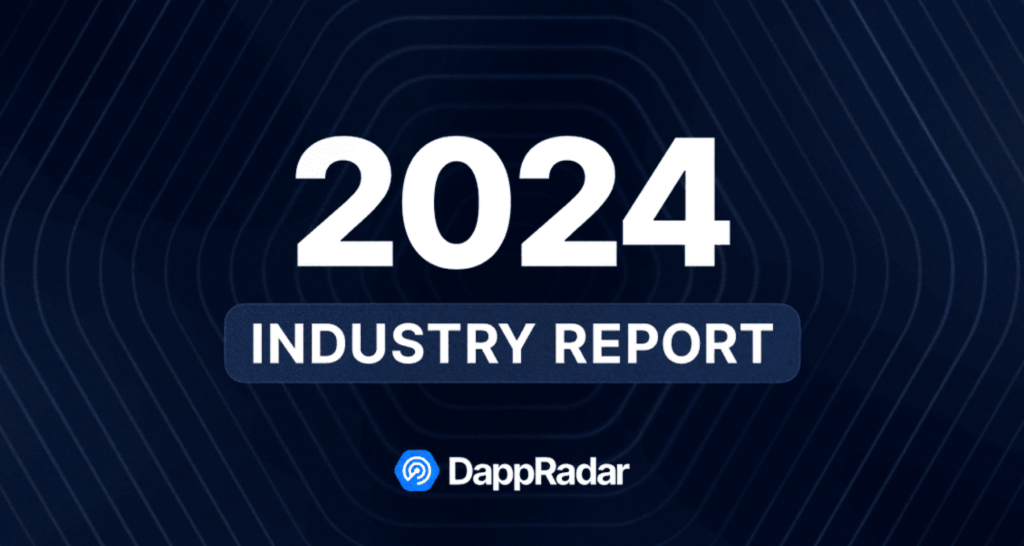AI Screens 100M+ Compounds Daily in Search for New Drugs

The creation of pharmaceutical drugs is a prolonged and painstaking process. Scientists from the Massachusetts Institute of Technology and Tufts University see artificial intelligence as a vital tool in expediting the discovery of new medicines.
On this page
The sheer number of medicinal compounds, among which potential treatments for various diseases are hidden, is immense. Without modern technology's assistance, the tasks of analyzing libraries of active ingredients and testing them could extend over years or even decades. Time is a relentless foe for patients suffering from cardiovascular diseases, cancer, and other serious health conditions, a fact not lost on researchers from MIT and Tufts University.
Prominent researchers from American institutions have suggested an alternate approach – the use of a large language model, a type of AI many of us have encountered through the widely-discussed ChatGPT. The researchers are pinning high hopes on a model they've named ConPLex. ConPLex finds connections between target proteins in the human body and potential medicinal molecules, bypassing the highly resource-intensive stage of calculating the latter's structures.
An article detailing ConPLex has been published in the interdisciplinary scientific journal, Proceedings of the National Academy of Sciences. Among its authors are:
- Lenore Cowen, Professor of Computer Science at Tufts University;
- Rohit Singh, a Research Associate at MIT's Computer Science and Artificial Intelligence Laboratory (CSAIL);
- Samuel Sledzieski, a Doctoral Candidate at MIT;
- Brian Bryson, an Associate Professor of Biological Engineering at MIT.
We develop a deep learning model, ConPLex, successfully leveraging the advances in pre-trained protein language models (“PLex”) and employing a novel protein-anchored contrastive co-embedding (“Con”) to outperform state-of-the-art approaches,
the researchers have reported.
ConPLex enables scientists to analyze over 100 million compounds each day. The model is highly accurate and specific in identifying false compounds. ConPLex's capabilities facilitate accurate and efficient large-scale screenings, not only for the identification of new drugs in silico (found through computer modelling) but also for the refinement of their effects, detecting undesired outcomes.
The team behind ConPLex has made their model available for other researchers to use. Anyone interested can access the tool's code and official documentation.
The content on The Coinomist is for informational purposes only and should not be interpreted as financial advice. While we strive to provide accurate and up-to-date information, we do not guarantee the accuracy, completeness, or reliability of any content. Neither we accept liability for any errors or omissions in the information provided or for any financial losses incurred as a result of relying on this information. Actions based on this content are at your own risk. Always do your own research and consult a professional. See our Terms, Privacy Policy, and Disclaimers for more details.


























